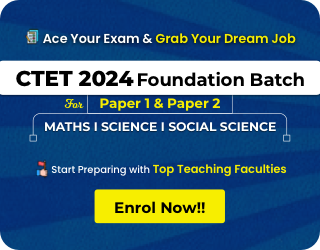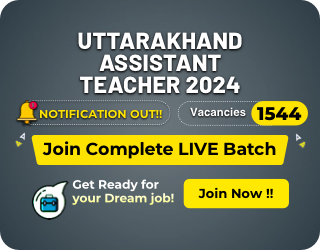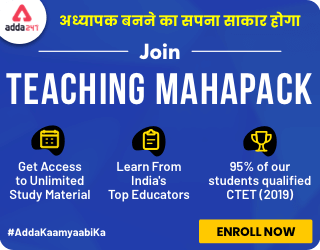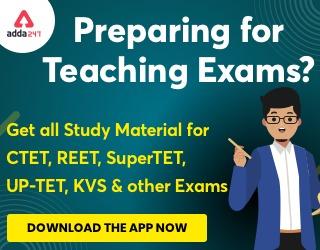Table of Contents
The Higher Education System section focuses on evaluating candidates’ knowledge of the Indian higher education system, including various regulatory bodies, policies, commissions, and educational institutions. Candidates preparing for the UGC NET exam should thoroughly study and familiarize themselves with the Indian higher education system, its historical development, and the various entities involved in its functioning to perform well in this section. Here we are going to learn the important topic related, “Off-Line Learning and Online Learning”
UGC NET Study Notes for Paper 1
Off-Line and On-Line Learning
Offline learning, also known as traditional learning or classroom-based learning, involves students physically attending classes or training sessions conducted in a physical location, such as a school, college, university, or training center. Online learning, also known as e-learning or distance learning, takes place over the internet or through digital platforms. It allows students to access educational resources, lectures, and materials remotely, without the need to physically attend a traditional classroom.
What is Off-Line Learning
Off-line learning is the traditional learning method. Here the teacher act as a sender and the student act as a receiver. The communication between them is through talking face to face through calk and chalkboard or overhead projectors. This method has been used for decades as an educational strategy.
Characteristics of Off-Line Methods
The Off-Line method is traditional but there are pros and cons of Off-line methods. Here are the following some characteristics of Off-line methods.
- Teacher’s role is important.
- Students are not active.
- This approach can give good marks in the examination
| Advantages | Disadvantages |
|
|
What is Online Learning
Online learning is the modern method of learning. It is facilitated by electronic gadgets. It is abbreviated as E-Learning. It includes the services of electronic gadgets, teleconferencing, video conferencing, computer-based conferencing etc
Pre-requisite for On-Line Learning
There are basically two prerequisite for E-Leaning. They are
- They call for the services of the computers, laptops.
- The use of Internet services and Web technology is a must for their functioning.
Characteristics of On-Line Methods
Online method is traditional but there are pros and cons of On-line methods. Here are the following some characteristics of On-line methods
- It is computer-enhanced learning
- Separation of teachers and learners.
- Self-paced learning
- The use of a computer network is essential.
| Advantages | Disadvantages |
|
|
Difference between Offline Learning and Online Learning
The difference between offline and online learning has been mentioned below.
| Off-Line Learning | Online Learning |
| Traditional method | Modern method |
| No health issues | Bad health issues |
| Need to be physically present | No need to be physically present |
| Strict rules and guidelines | No strict rules and guidelines |
| No self-paced learning | Self-paced learning |
| Requires more time and money | Do not require more time and money |
| Not so costly | Costly method |
Trending Online Methods
Here we are providing you with some trending Online methods.
MOOC
M-Massive : It is massive because it provides access to a very large number of students. The learners self-organized their participation according to their learning goals.
O-Open: It means that the course is open to everyone. To participate one should be registered for free. It has no entrance exams or tuition fee for registration.
O-Online: It means that course is delivered through the Internet only. To study on MOOC, students have a proper Internet connection.
C-Course : Course refers to the achievement of the outcomes after the study within a given period of time.
So MOOC is termed as Massive Open Online Course. MOOC is an organized course aimed at large-scale interactive participation and open access via web. MOOC helps to build a community for students, professors and teaching assistants.
-
Swayam
SWAYAM (Study Webs of Active–Learning for Young Aspiring Minds) is a programme initiated by Government of India (GOI). It covers school (from class 9th onwards), under-graduate, post-graduate, engineering, law and other professional courses. The courses on SWAYAM are divided into 4 quadrants. These are
- Video lectures
- Specially prepared reading material that can be downloaded/printed
- Self-assessment tests through tests and quizzes
- An online discussion forum for clearing the doubts.
- There will be an assessment of the student at the end of each course through examination and the marks/grades.
-
SWAYAM PRABHA
SWAYAM Prabha is an initiative of the Ministry of Human Resources Development. It provides 32 High-Quality Educational Channels through DTH (Direct to Home) across the length and breadth of the country on a 24X7 basis. It has a curriculum-based course. It covers diverse disciplines. This is primarily aimed at making quality learning resources accessible to remote areas where internet availability is still a challenge. It publishes new content every day. Every content is repeated 5 times a day. So that student can choose their convenient time slot.
The DTH Channels cover the following:
- Higher Education
- School education (9-12 levels )
- Curriculum-based courses
- Assist students (class 11th & 12th)
Hybrid Learning (Blended Learning)
In addition to offline and online learning, there is a third mode known as hybrid learning or blended learning. Hybrid learning combines elements of both offline and online learning, allowing students to experience the benefits of both modalities. In a blended learning approach, students may attend some classes or sessions in person while completing other parts of the course online. This approach aims to maximize flexibility while maintaining some face-to-face interaction and engagement.
Download Off-Line and On-Line Learning Study Note PDF
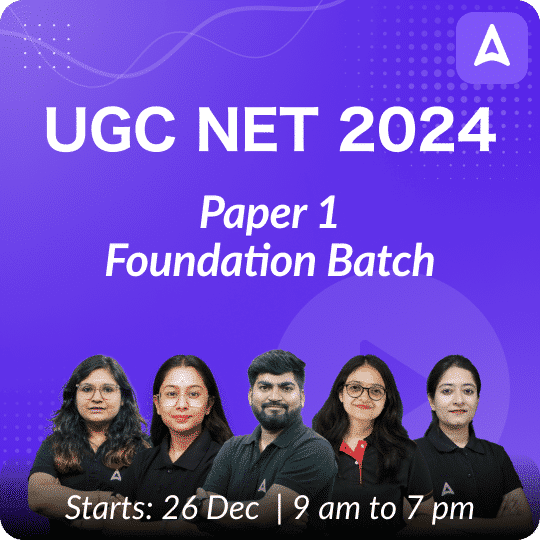

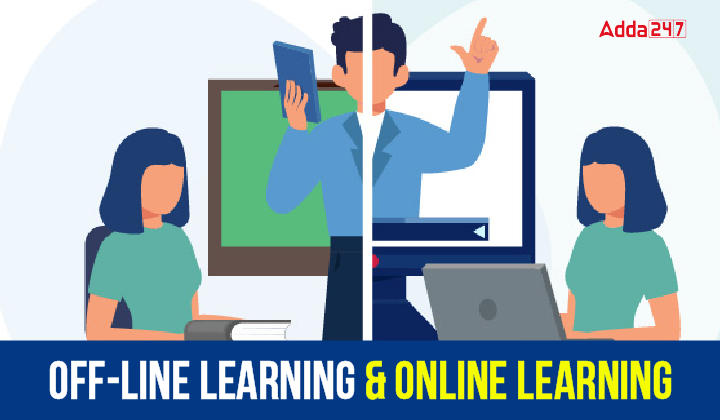
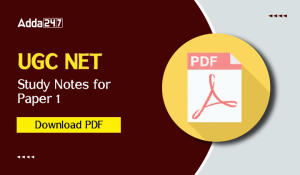 UGC NET Study Notes for Paper 1, Downloa...
UGC NET Study Notes for Paper 1, Downloa...
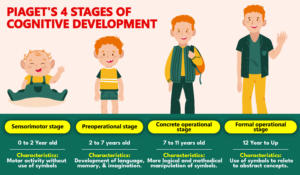 Piaget's 4 Stages of Cognitive Developme...
Piaget's 4 Stages of Cognitive Developme...
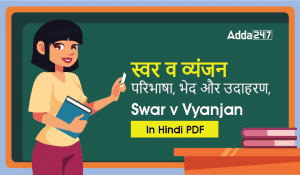 स्वर व व्यंजन - �...
स्वर व व्यंजन - �...

